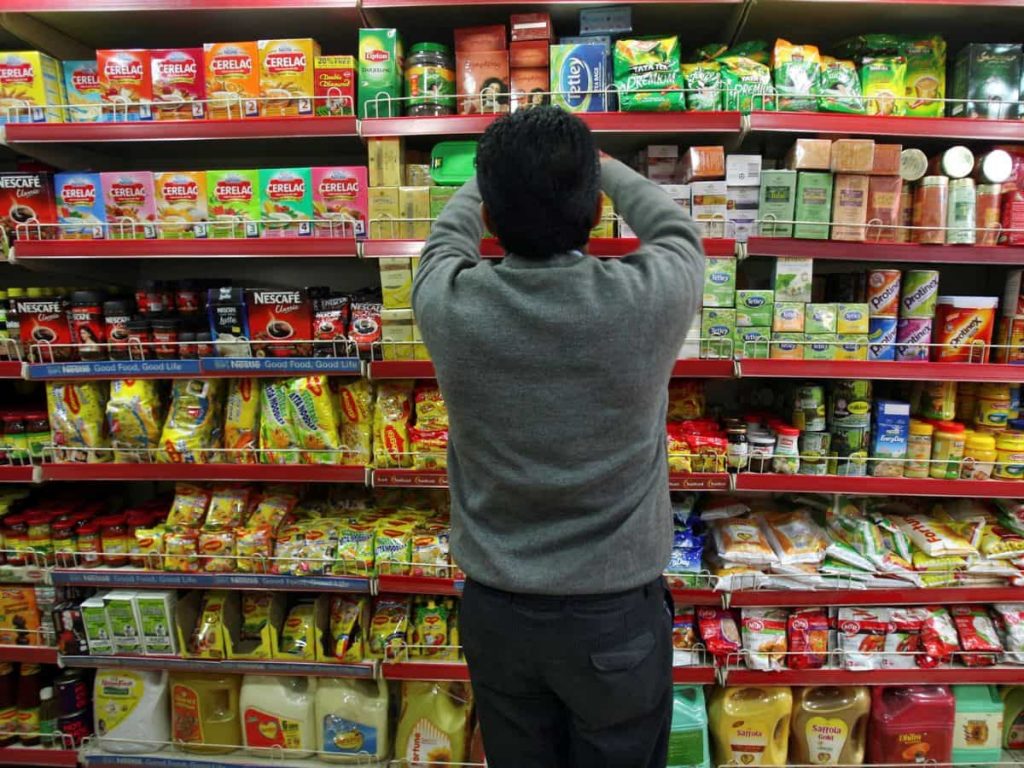In the realm of international trade, governments employ various strategies known as trade barriers to regulate and control the flow of goods and services across borders. These measures, while intended to protect domestic industries and address specific economic concerns, can have significant implications for global commerce. This article explores the different types of trade barriers and how they are utilized in international trade.
- Tariffs:
Tariffs are one of the most common trade barriers used by governments. They involve imposing additional taxes or duties on imported goods, making them more expensive for consumers. Tariffs serve multiple purposes, including protecting domestic industries from foreign competition, generating revenue for the government, and addressing trade imbalances. However, they can also lead to retaliatory measures from trading partners and hinder overall economic efficiency. - Quotas:
Quotas are quantitative restrictions placed on the quantity of goods that can be imported or exported. By limiting the volume of traded goods, quotas aim to protect domestic industries, maintain domestic prices, and manage trade deficits. However, quotas can distort market dynamics, create artificial scarcity, and lead to higher prices for consumers. They can also hinder competition and innovation within domestic industries. - Embargoes and Sanctions:
Embargoes and sanctions are trade barriers imposed for political or security reasons. Governments may restrict or completely ban trade with specific countries or entities to express disapproval or exert pressure. These measures can have severe economic consequences, disrupting supply chains, limiting market access, and impeding overall global trade. However, they are often used as diplomatic tools to address geopolitical concerns. - Technical Barriers to Trade (TBT):
Technical barriers to trade encompass regulations, standards, and certification requirements imposed on imported goods. These measures aim to protect consumer health and safety, preserve the environment, and ensure product quality. While TBTs are essential for safeguarding public interests, they can also create barriers to entry for foreign producers, increase compliance costs, and impede market access. - Subsidies:
Subsidies are financial incentives provided by governments to domestic industries, typically in the form of grants, tax breaks, or low-interest loans. They aim to promote competitiveness, stimulate economic growth, and support strategic industries. However, subsidies can distort market dynamics, create unfair advantages, and lead to trade disputes with other countries that perceive them as unfair competition.
Conclusion:
Trade barriers are powerful tools employed by governments to shape and regulate international trade. Tariffs, quotas, embargoes, technical barriers to trade, and subsidies are just a few examples of the strategies used. While these measures serve specific economic, political, and social objectives, they can also have unintended consequences, such as reduced market efficiency, trade disputes, and hindered global economic growth. Striking a balance between protecting domestic industries and fostering open and fair trade remains a complex challenge for policymakers in today's interconnected world.




More Stories
美食
taosu
双旦快乐